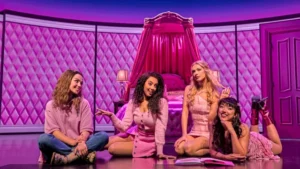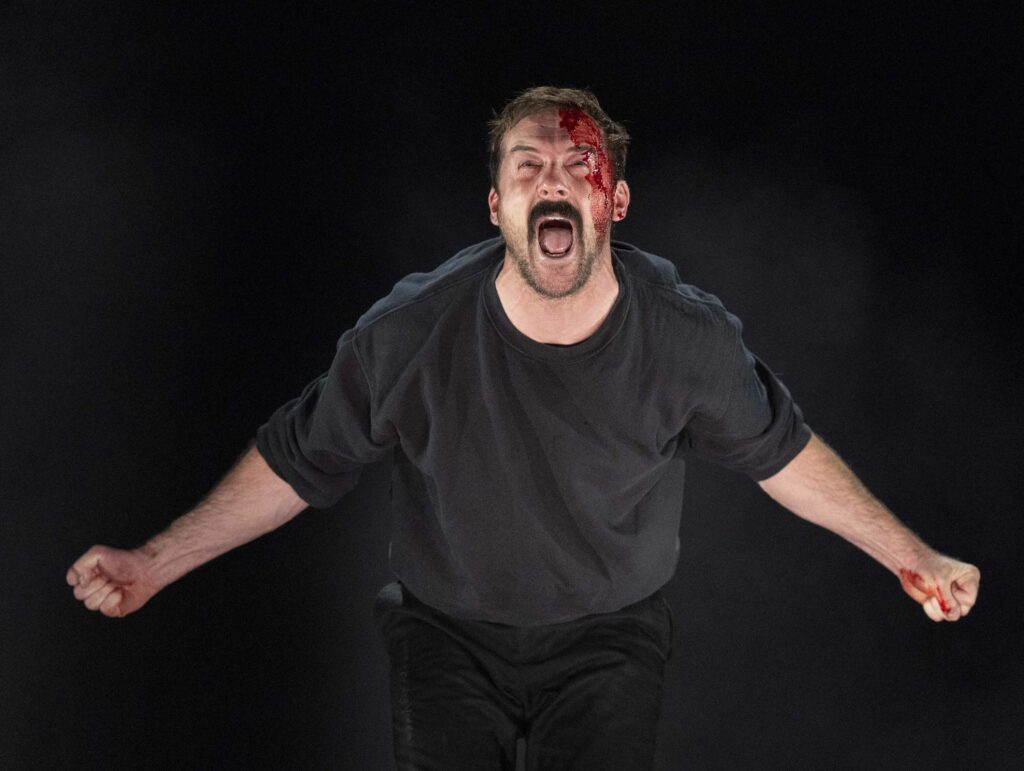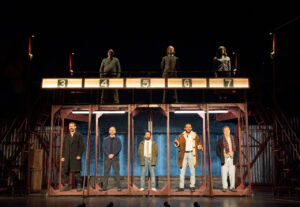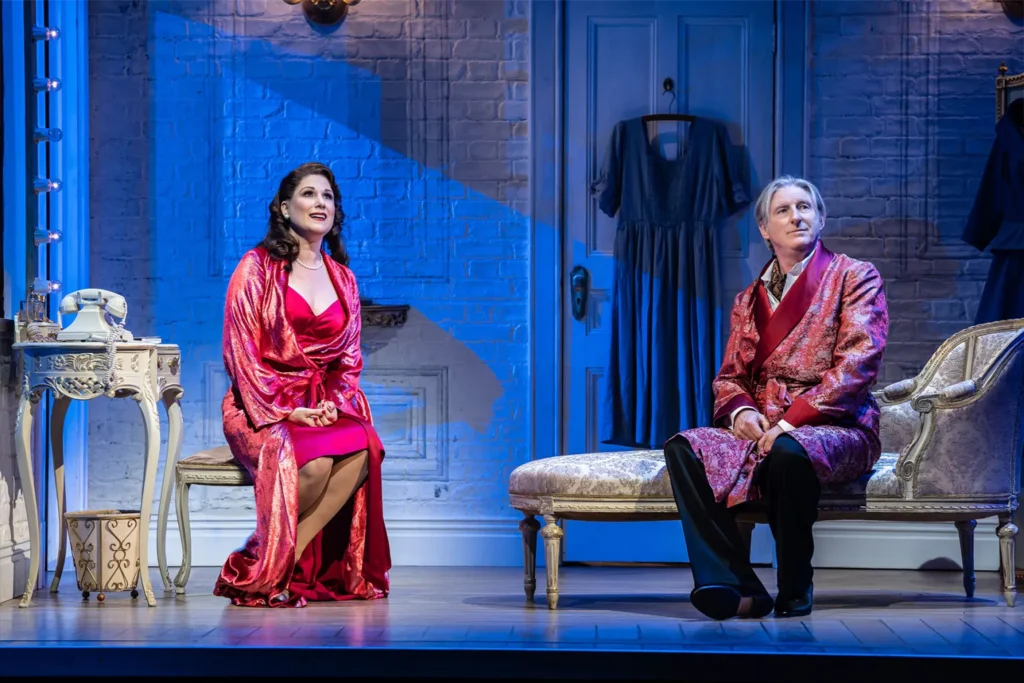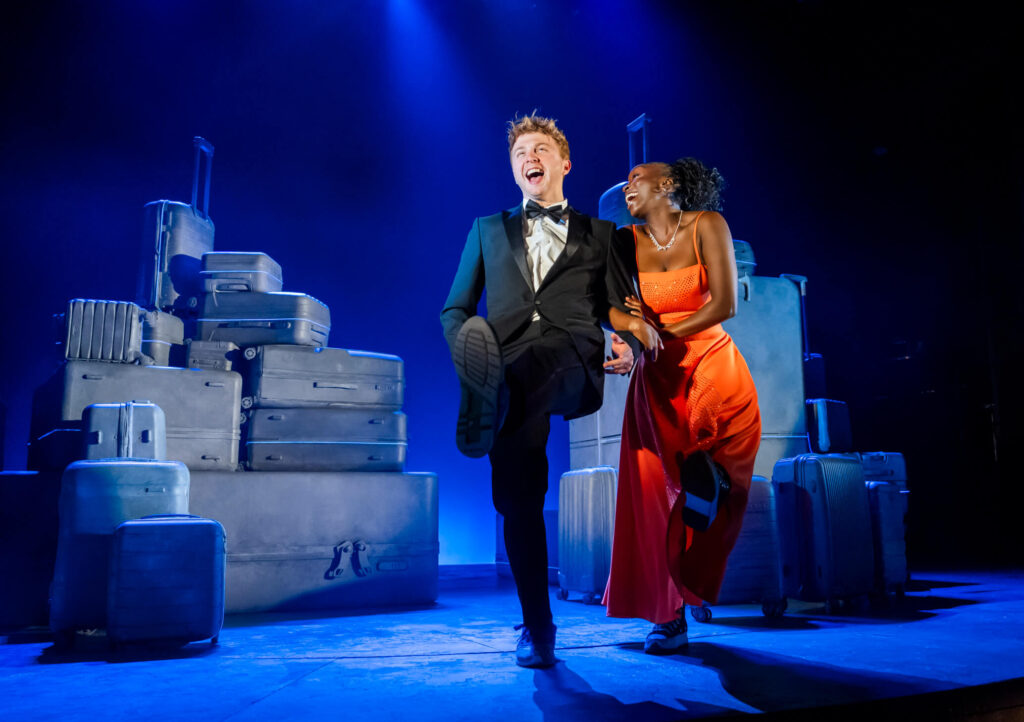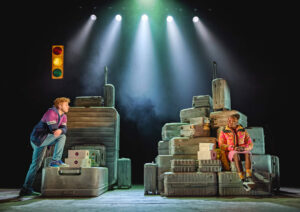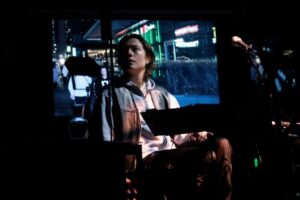Open Air Theatre, Regent’s Park, London
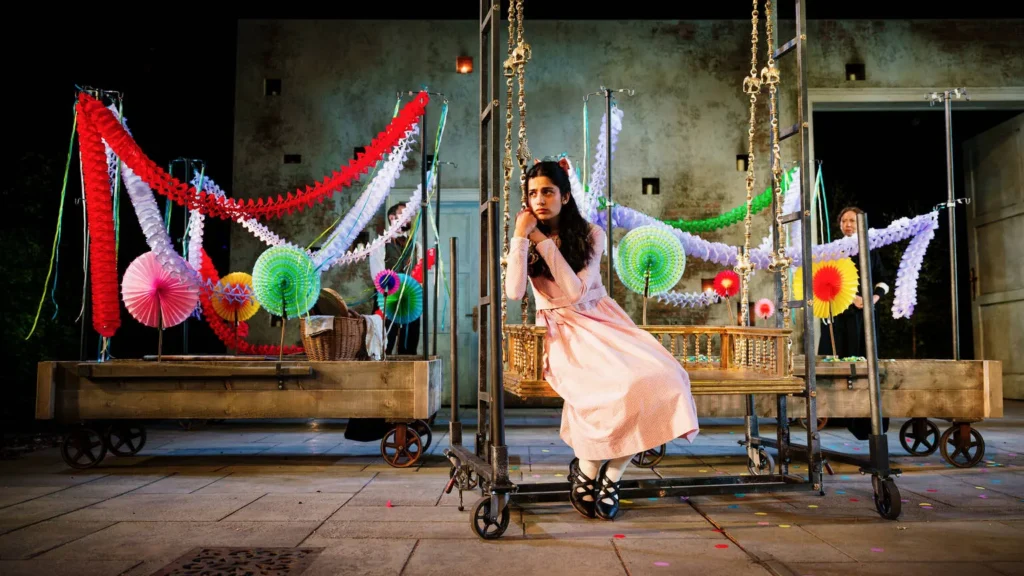
Frances Hodgson Burnett’s much loved but dated story about a child who moves from India to Yorkshire has been adapted by into a play relevant for today, and given a highly praised open air production by Anna Himali Howard.
[Links to full reviews are included but a number are behind paywalls and therefore may not be accessible]
Fiona Mountford in the i (5★) loved it: ‘Holly Robinson and Anna Himali Howard, who also directs, have hit the jackpot here, maintaining all Hodgson Burnett’s key themes of a lonely and disagreeable orphan coming to life and finding friendship in nature, but cleverly amplifying the Indian side of Mary Lennox’s story.’
Anya Ryan in The Stage (5★) was entranced : ‘Marvellous, wise and expertly updated, it is sublime.’ She explained, ‘the victory of this adaptation is as much down to the ensemble work as the writing. The narration is shared between the cast members, who take it in turns to lead us through Mary’s story.’
Rachel Halliburton reviewing for The Times (4★) said, ‘Hannah Khalique-Brown… quickly makes her mark as an impressively petulant Mary… the cast around her acts like a chorus, wryly commenting on her spiky progress into a strange new world.’ She praised every aspect of the show including’Leslie Travers’s spellbinding design — full of hidden doors and ravishing paper garland plants — is the icing on the cake, fusing elegantly with the trees and birdlife of Regent’s Park. It’s a treat’
Arifa Akbar at The Guardian (4★) called it ‘it is an inspired transposition of a story that deals with dark themes around family and belonging’. Her colleague Susannah Clapp at The Observer (4★) said, ‘It is a lovely thing that adapters Holly Robinson and Anna Himali Howard have done with The Secret Garden.’
Anna James for WhatsOnStage (4★) noted, ‘Hannah Khalique-Brown as Mary stands out, giving a particularly moving and detailed performance’. Caroline McGinn writing for Time Out (4★) referred to ‘the creative ebullience of a charming and lovely production’.
Kat Mokrynski for Broadway World (4★) found ‘a beautiful adaptation of the classic novel that truly elevates its source material, bringing it to new heights of growth and love’. Nick Ferris reviewing for the Telegraph (4) agreed: ‘the production ultimately does a fine job at retaining the charm of the novel while making it appropriate for now.’
Patrick Marmion in the Daily Mail (4★) described how the ‘smoky Indian flute, twang of sitar and rumble of tabla drums, alongside cleverly improvised incarnations of crows, robins and squirrels, bring fresh enchantment to a classic tale.’
Julia Rank for LondonTheatre (3 ★) likedthe way ‘This new adaptation…keeps the Edwardian setting while implementing some intelligent revisionism’ but said it needed ‘a bit more pruning’.
Critics’ average rating 4.1★
Value rating 69 (Value rating is the Average Critic Rating divided by the typical ticket price.)
The Secret Garden can be seen at the Open Air Theatre until 20 July 2024. Buy tickets direct from the theatre.
If you’ve seen The Secret Garden at the Open Air Theatre, please add your review and rating below
